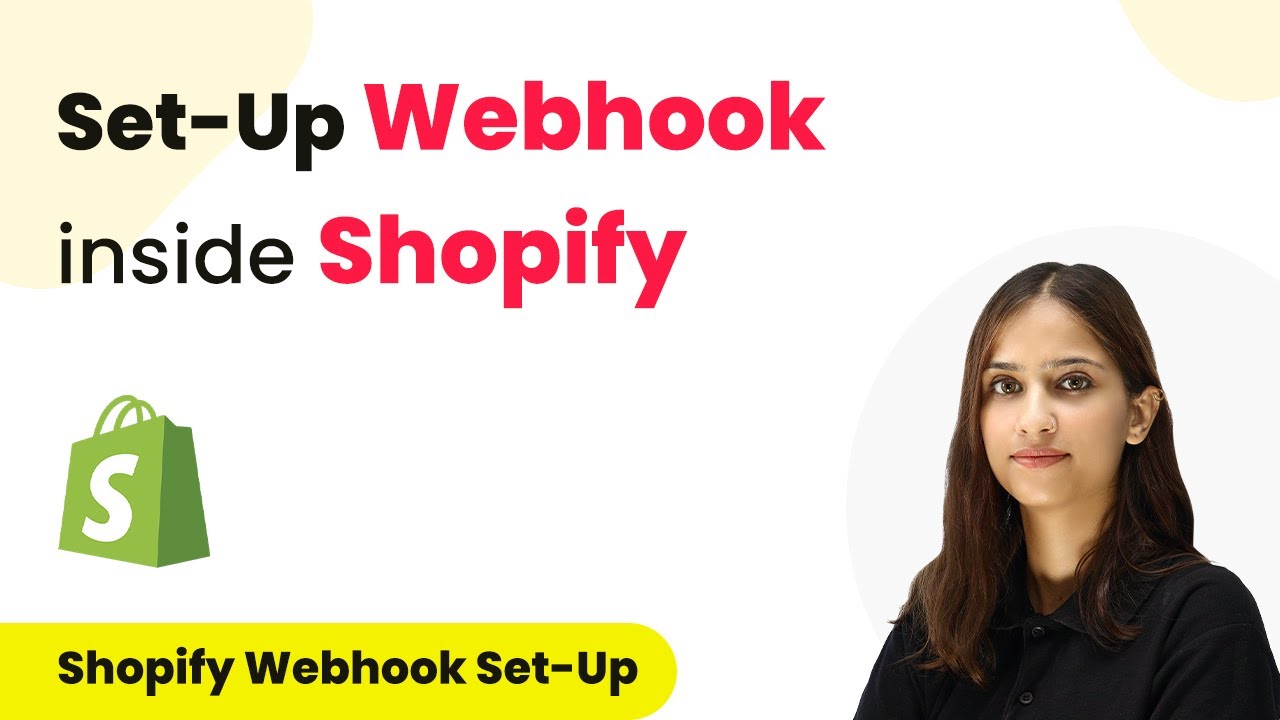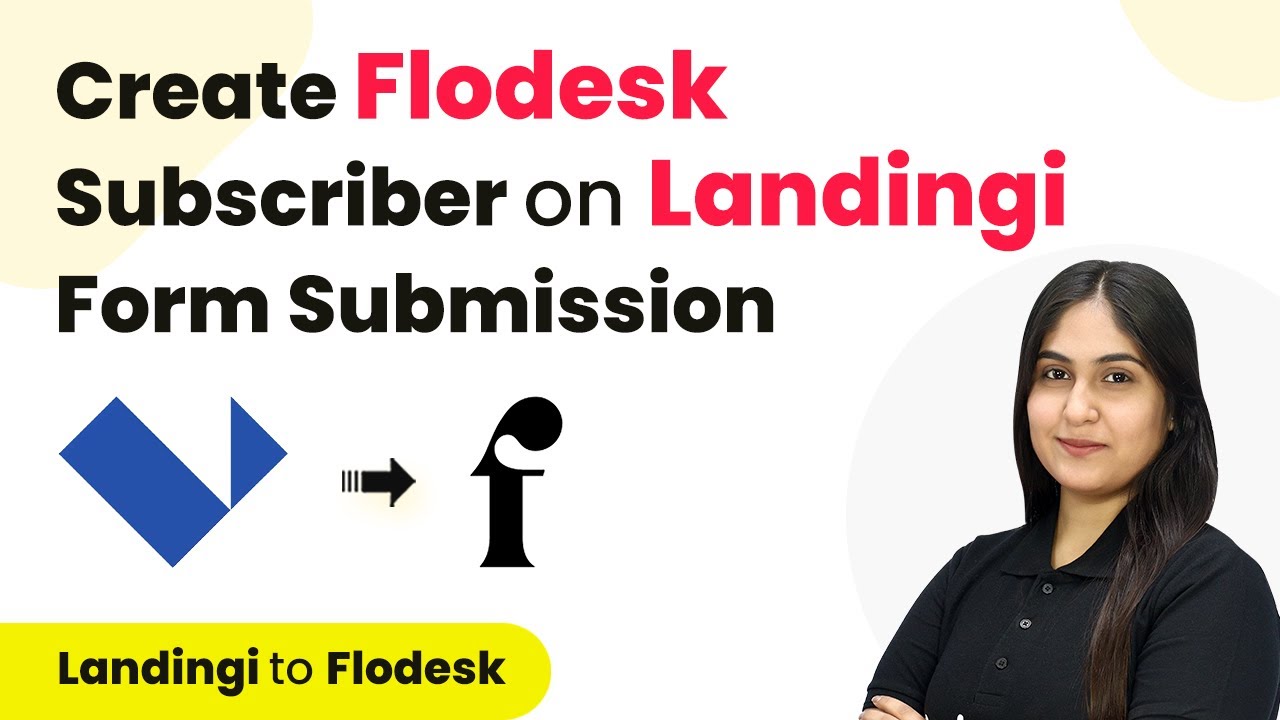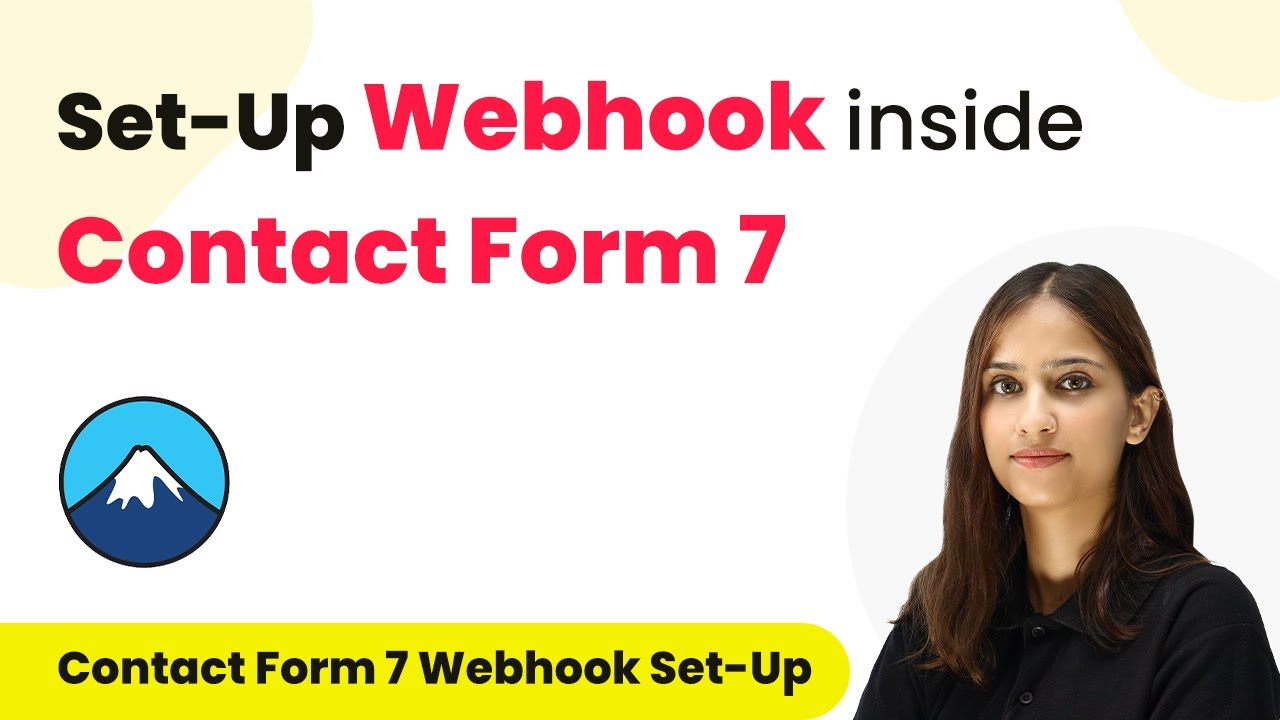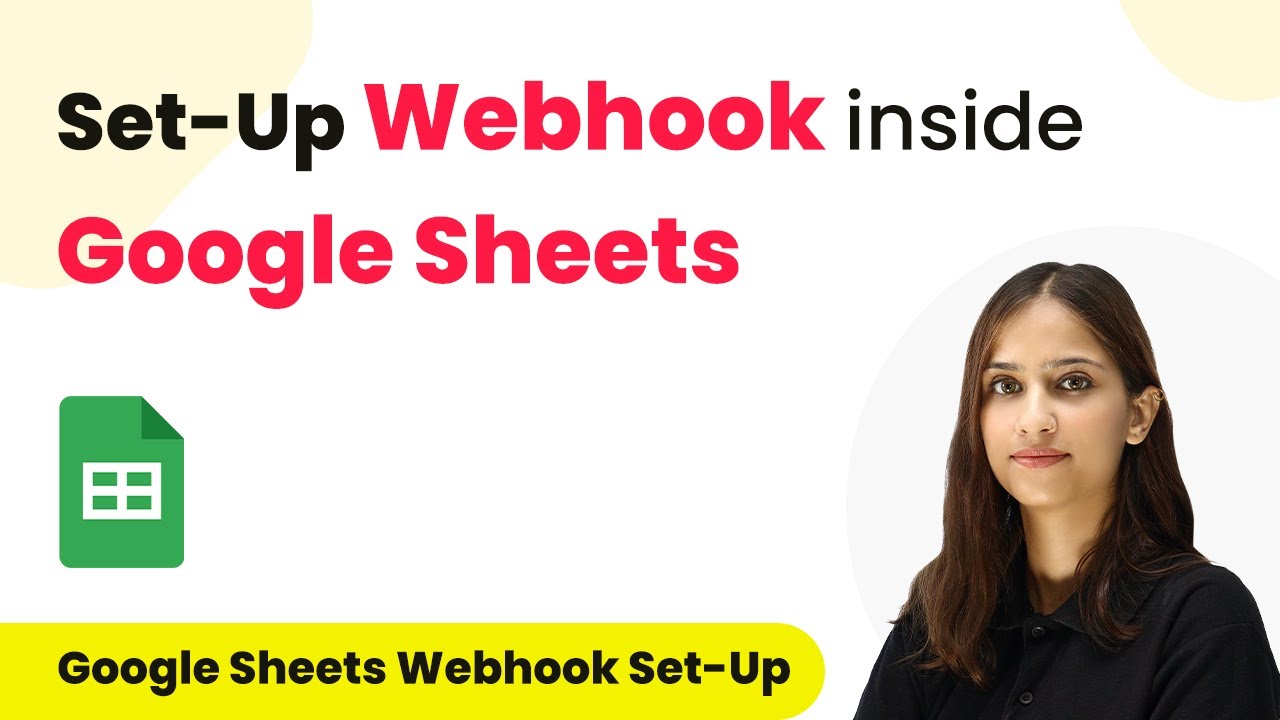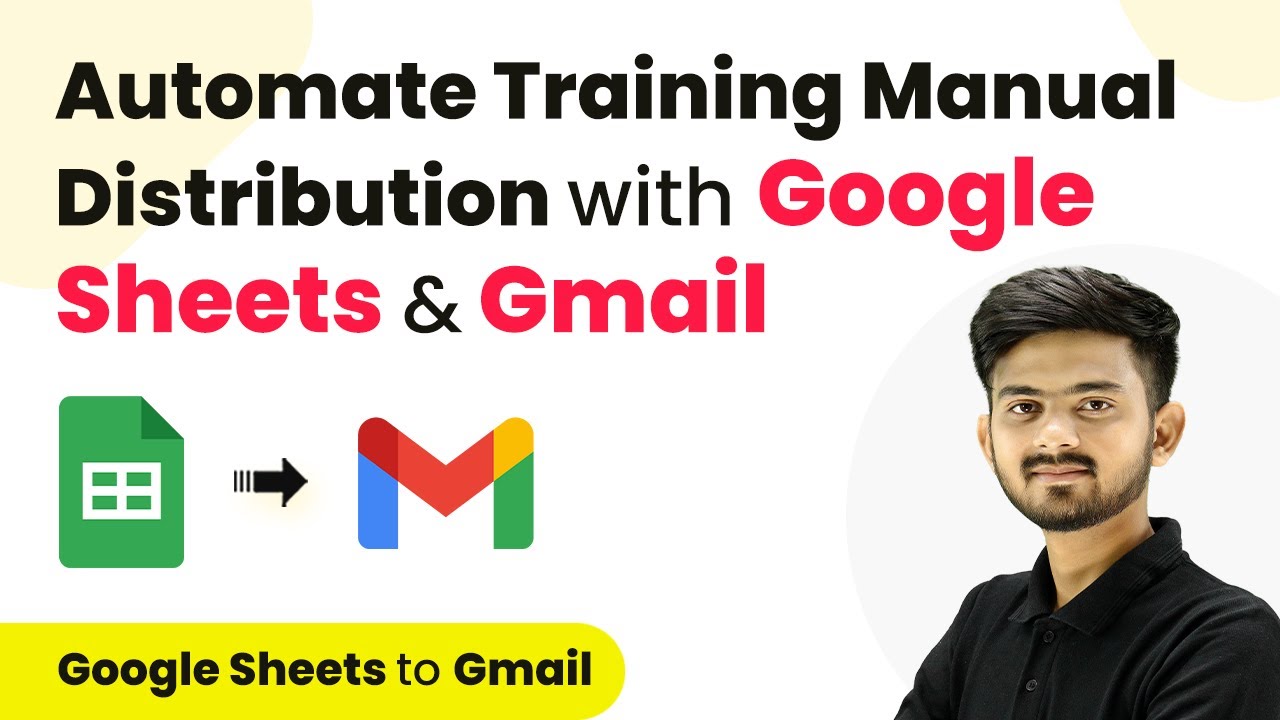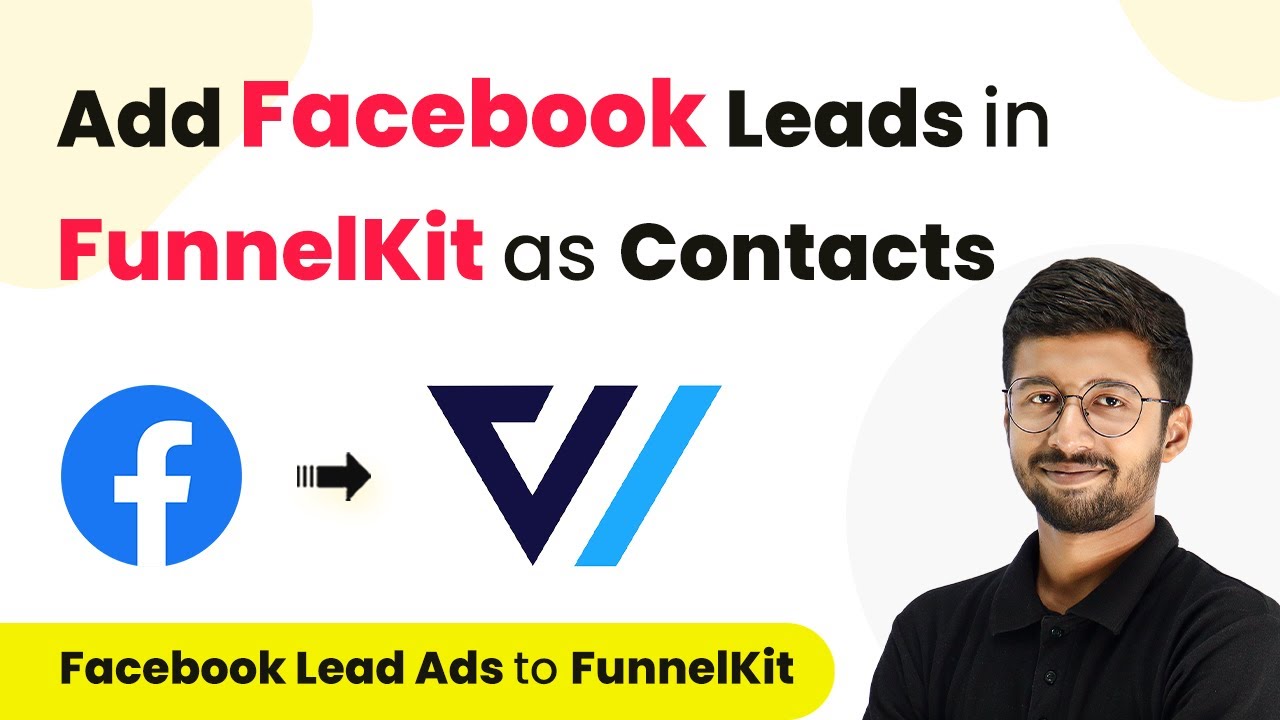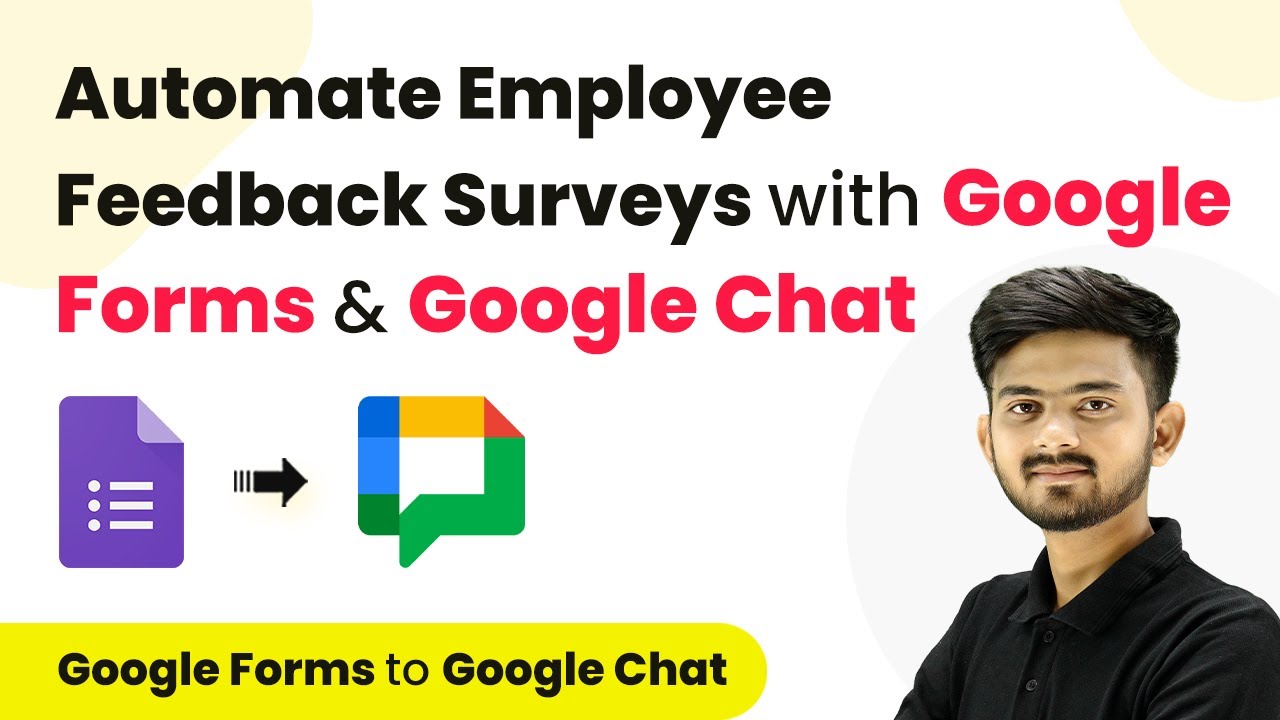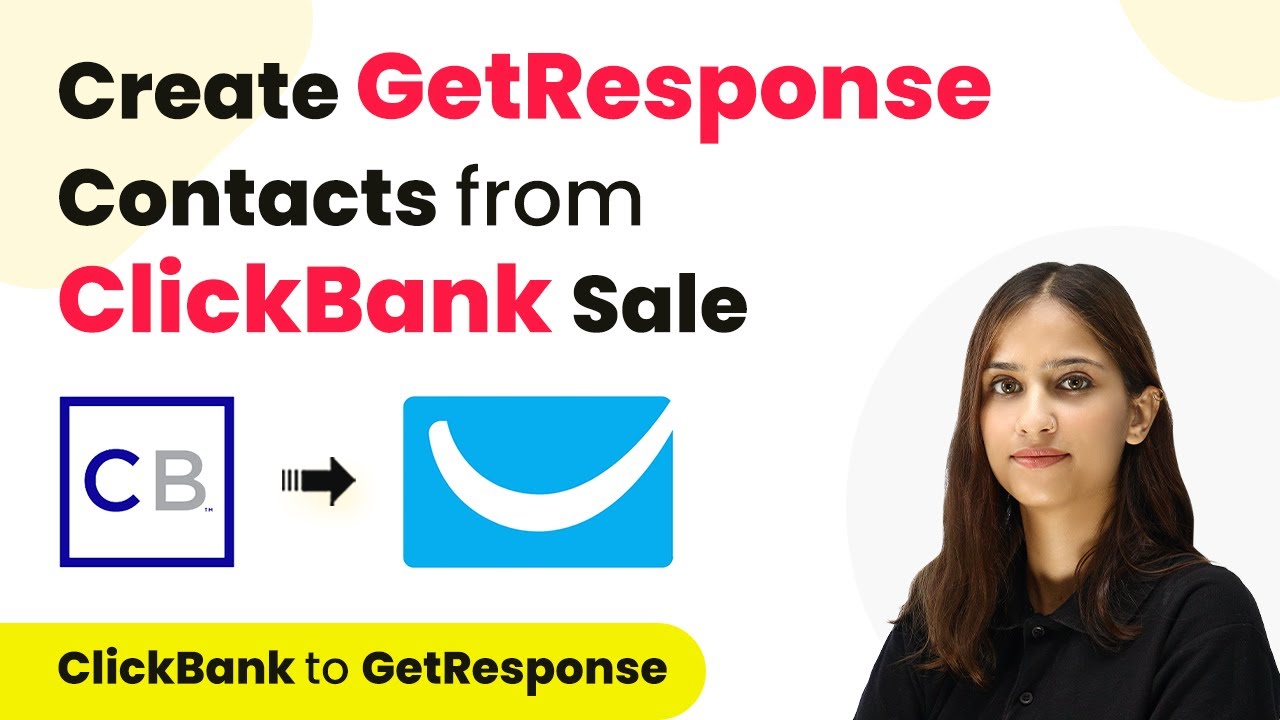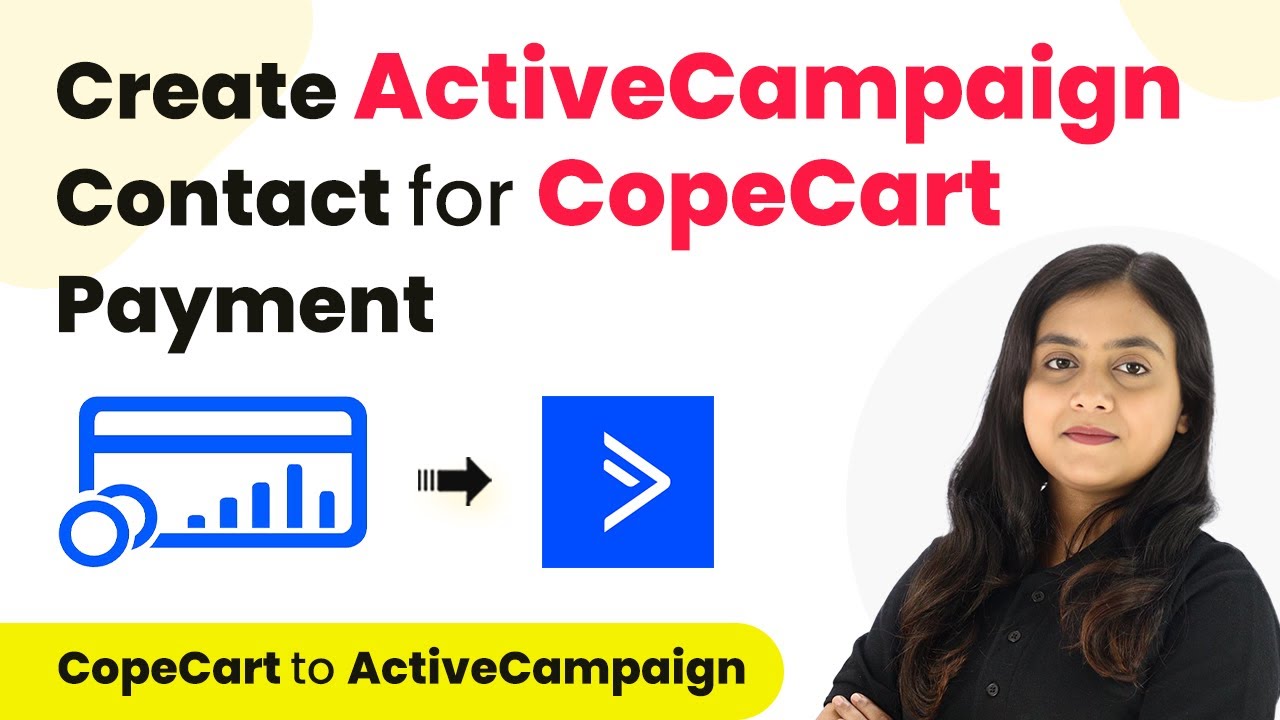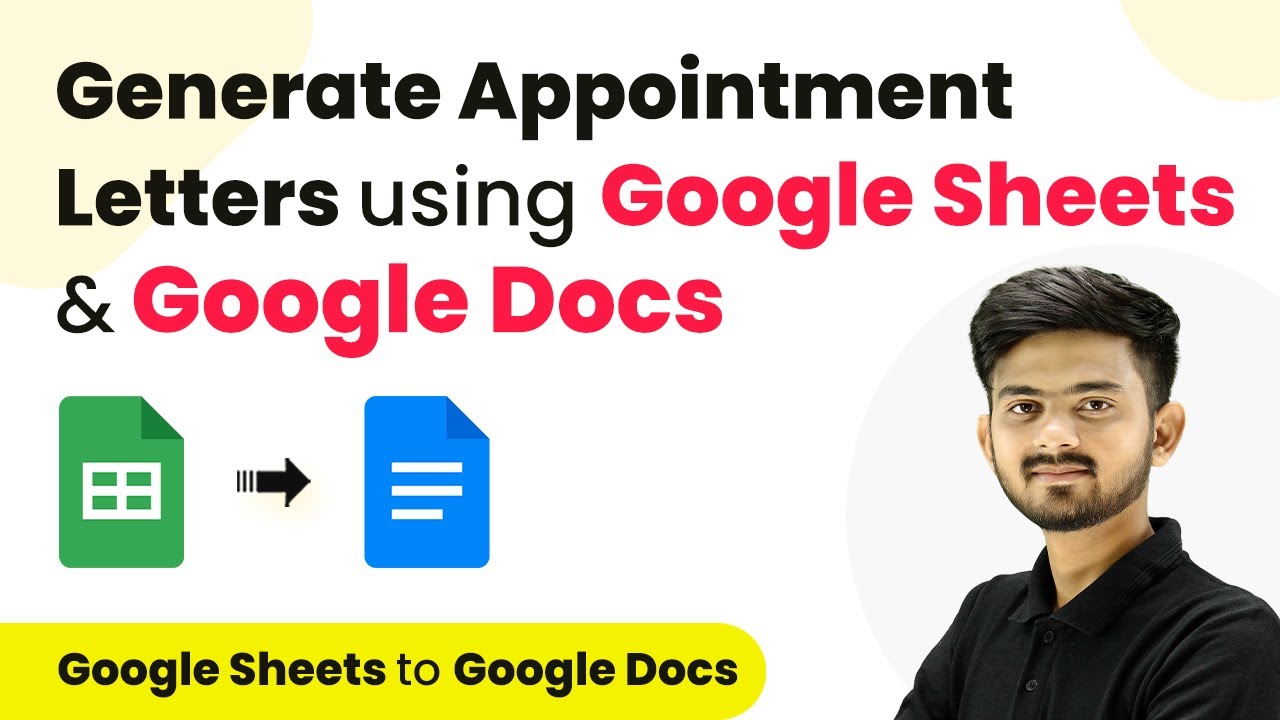Learn how to set up a webhook inside Shopify using Pabbly Connect. This step-by-step guide covers integration with Google Sheets and customer account details. Discover how to seamlessly connect your essential tools through accessible instructions that make powerful automation available to professionals at every skill level.
Watch Step By Step Video Tutorial Below
1. Setting Up Pabbly Connect for Shopify Webhook
To set up a webhook inside Shopify, start by accessing Pabbly Connect. This platform acts as a bridge between your Shopify store and other applications to automate data transfer.
First, log into your Pabbly Connect account. In the dashboard, search for Shopify as your trigger application. Select the trigger event labeled ‘New Customer,’ which will activate whenever a new customer is added to your Shopify store.
2. Creating a Webhook in Shopify
Once you have set up the trigger in Pabbly Connect, you will receive a webhook URL. This URL is crucial as it connects your Shopify account to Pabbly Connect. Now, navigate to your Shopify account.
- Go to Settings in your Shopify dashboard.
- Scroll down and select Notifications.
- Click on Webhooks and then the Create Webhook button.
- Select the event as Customer Creation and set the format to JSON.
- Paste the copied webhook URL from Pabbly Connect into the URL field.
- Choose the latest Webhook API version and click Save.
Your webhook is now created successfully in Shopify. This means that every time a new customer is created, their details will be sent to Pabbly Connect.
3. Testing the Webhook Integration
Now that you have set up the webhook, it’s time to test the integration. Go to your Shopify store and create a dummy customer account. Fill in the required details, such as first name, last name, and email address.
After creating the account, return to Pabbly Connect. You should see the response indicating that the customer details have been captured. This includes information like the customer ID, first name, last name, and email address.
4. Adding Customer Details to Google Sheets
The next step is to send the customer details to Google Sheets. In Pabbly Connect, search for Google Sheets as your action application. Select the action event to add a new row for the customer details.
- Click on Connect and sign in with your Google account.
- Select the spreadsheet you want to use, which should be named Shopify Customers.
- Map the customer details from the previous step into the respective fields in Google Sheets.
After mapping the fields, click on Save and Send Test Request. You should receive a positive response confirming that the customer details have been successfully added to your Google Sheet.
5. Conclusion: Streamlining Shopify with Pabbly Connect
In conclusion, setting up a webhook inside Shopify using Pabbly Connect allows you to automate the process of capturing new customer details and storing them in Google Sheets. This integration streamlines your workflow and enhances data management.
Ensure you check out Pabbly Connect to create business automation workflows and reduce manual tasks. Pabbly Connect currently offer integration with 2,000+ applications.
- Check out Pabbly Connect – Automate your business workflows effortlessly!
- Sign Up Free – Start your journey with ease!
- 10,000+ Video Tutorials – Learn step by step!
- Join Pabbly Facebook Group – Connect with 21,000+ like minded people!
By following the steps outlined, you can efficiently connect Shopify with Google Sheets through Pabbly Connect, ensuring that your customer data is always up-to-date and easily accessible.
